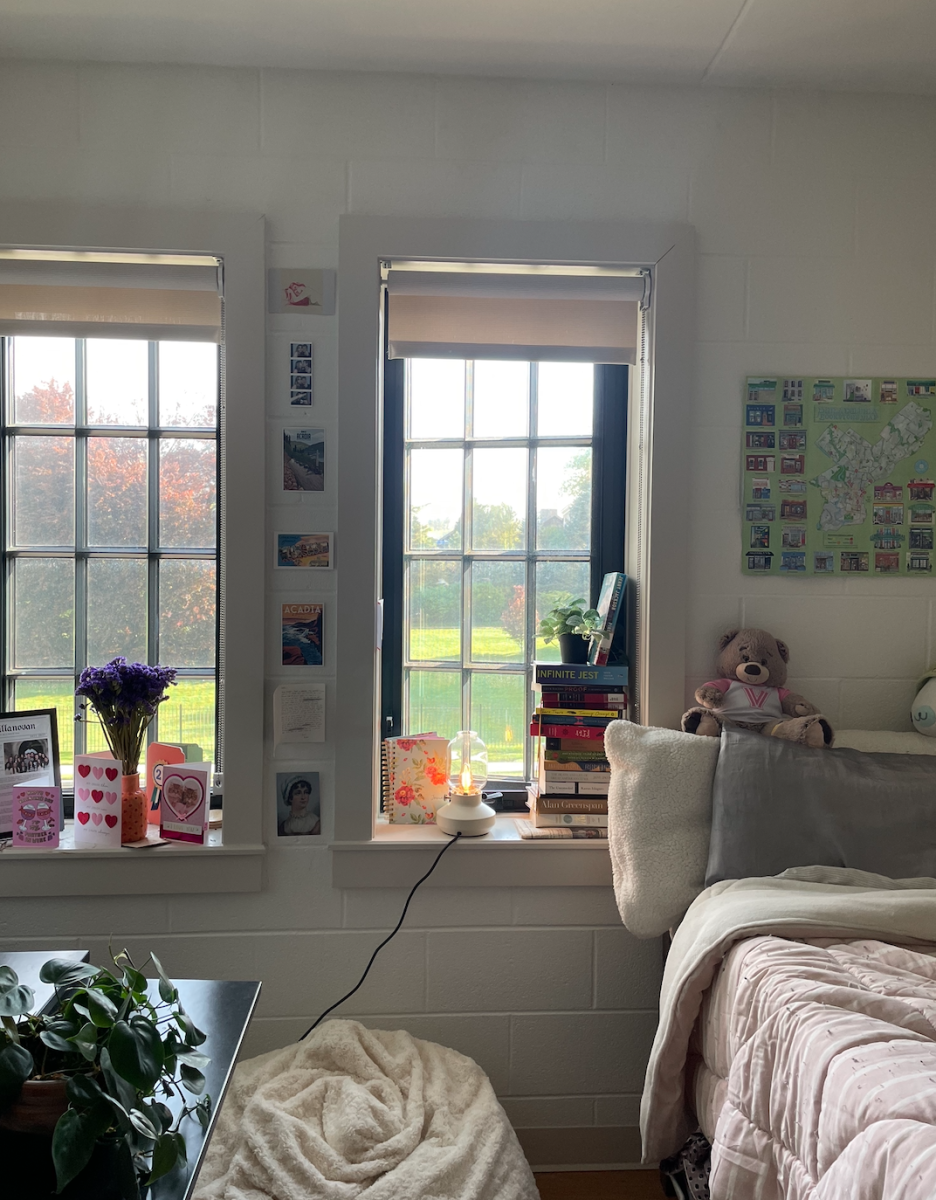With Thanksgiving just around the corner, we have officially entered the holiday season: a time of year where we return home to see family, stuff our faces with delicious food and, of course, go shopping.
With the weather getting colder, much of the buying we do this time of year is for new clothes. According to USAFacts, apparel and accessory purchases make up about one-quarter of all American retail transactions in November and December.
When looking at the college-aged and young adult demographic, many of us do our clothes shopping at stores such as H&M, Zara and Shein, due to their low prices and constantly rotating stock of pieces. Stores like these are known as “fast fashion” retailers because they cheaply produce and price garments, so they can capitalize on the latest fashion trends at a massive scale.
While these stores’ low prices and expansive collections may be attractive, they come at an immense cost to the environment.
On the production side of things, Business Insider cites the fast fashion industry as outputting at least 10% of global carbon emissions. The industry is also the second largest global freshwater polluter and uses vast amounts of fossil fuels to power production and their derivatives, like petroleum, as materials themselves. Furthermore, the UN projects the industry’s emissions to skyrocket by 60% by 2030.
Furthermore, fast fashion items tend to have a high turnover rate in consumer wardrobes. In order to satisfy their customers’ high demand and low willingness to pay, fast fashion products are produced cheaply, and thus survive fewer wear and wash cycles compared to items from other brands. Ergo, you will have to replace those items often, leading to a lot more clothing waste in landfills.
Fast fashion is pretty awful. As The Villanovan’s unofficial best dressed Opinion Section writer, I figured I’d use my expertise to give some free advice as to how to build a more sustainable wardrobe filled with clothes you’ll actually wear.
My number one tip would be to consider if you are actually going to wear the item. Ask yourself questions like “How often am I going to wear this piece?” “Can I use it in multiple outfits with the things I already own?” and “Will I still want to be wearing this piece in a couple years from now?” If you only need it for one event or if it will not work with the rest of your closet, you probably should not waste your money.
Another thing to consider is the expected lifetime of the piece. If the thing you want to buy will be a staple of your wardrobe, consider investing a little more in it. It is going to go through lots of wear and wash cycles and more expensive items often hold up a lot better than cheaper ones with the proper care. They will likely feel and fit better, too. While you don’t need to spend a lot of money on a white t-shirt, investing more in your wardrobe will ensure that you spend less on replacing clothes and reduce your overall environmental footprint.
Furthermore, it is important to take care of your clothes. While we are in college and our laundry facilities are…sub-optimal, it is still important to treat your clothes well. This includes everything from properly separating your darks and lights and getting stains out in the wash to understanding the maintenance needs of different materials. By hang-drying things, making sure items are folded right, knowing what should be washed and dry-cleaned and when, your clothes will last much longer and maintain their original form.
It can also be helpful to build a more cohesive wardrobe in general. This often comes naturally with finding your style, but curating a wardrobe where all your shirts, pants, jackets and shoes can be combined in various ways means you can build more with less and that you’ll be less tempted to buy new things.
That leads into my last and most important tip: buy less clothes. If there is something you want, do not buy it instantly. Spend time thinking about it to make sure you actually want it and can style it. Never buy something just because it is a good deal or on sale. If you do not want it at full price, you should not buy it just because it is on sale. Tempering your impulse-buying means there will not be as many things in your wardrobe just taking up space that you will never wear, and thus less unwanted pieces end up in the trash.
The world of fashion is a labyrinth of temptation, especially to those just starting out and finding their style. However, the industry plays a large role in climate change, so it is important to be an eco-conscious consumer. There is a vast library of fashion content on YouTube, TikTok and Instagram to learn from, and an additional mountain of research about the fashion industry’s environmental impact, both of which I would urge people to dive into.
I do not shame anybody for buying from fast fashion brands, I get the appeal. I simply urge you to be more considerate when buying new clothes. Keep your impulses in control and avoid the trap of buying a truckload of cheap, trendy items that will end up discarded by the season’s end.






